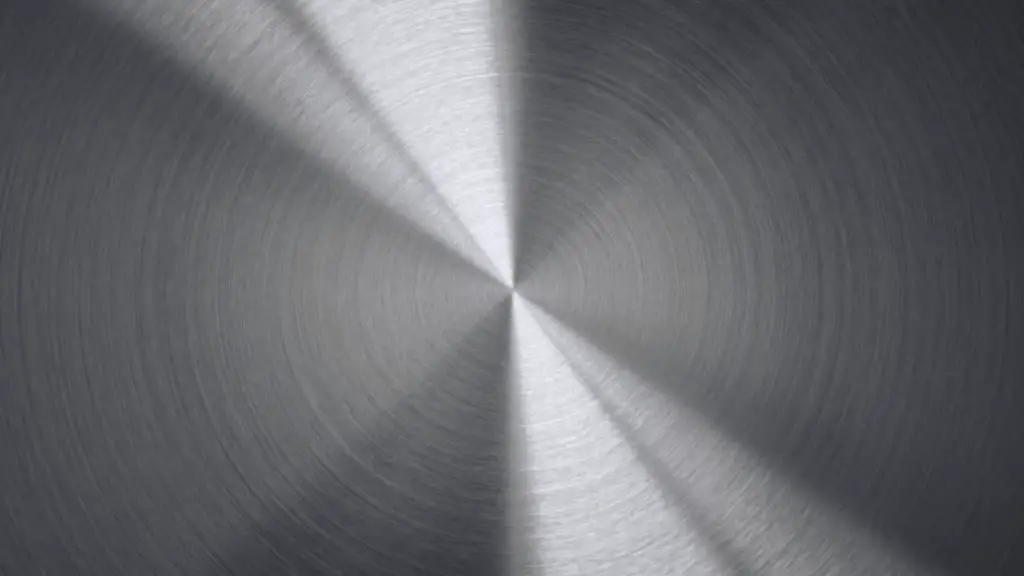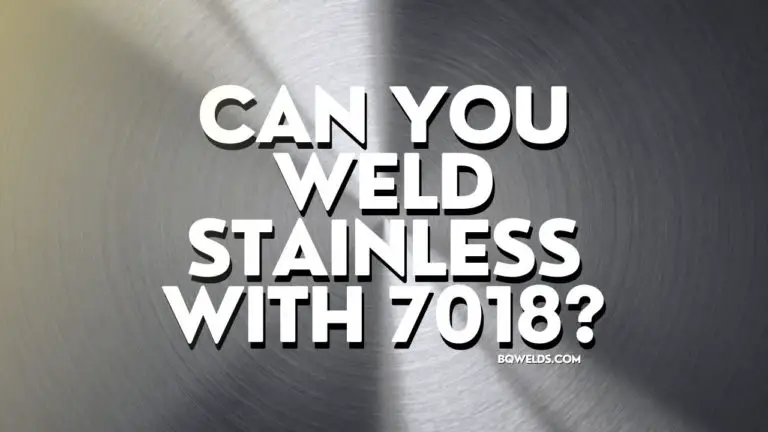The 7018 electrode is a staple in the welding world, known for its versatility and ease of use. But the question often arises – can you weld stainless with 7018 electrode? Before we delve into that, let’s shed some light on what a 7018 electrode is. The 7018 electrode, or welding rod, is a low-hydrogen rod used in stick welding. It’s known for its robust performance and the quality of the welds it produces, offering a stable arc and very little spatter. Commonly, it’s used in structural welding, including bridges and buildings, due to its high tensile strength and resilience. Now, let’s explore if this widely used electrode is effective for welding stainless steel.
The Compatibility of 7018 and Stainless Steel
In theory, it is possible to weld stainless steel with a 7018 electrode. However, the suitability and effectiveness of doing so largely depend on the specific requirements of the task at hand. Stainless steel, characterized by its chromium content that gives it corrosion resistance, has a different chemical composition from the 7018 electrode. The 7018 electrode comprises a low-hydrogen flux that helps prevent hydrogen-induced cracking, which is essential for high-strength applications.
On the other hand, stainless steel’s chromium content can react with carbon in the 7018 electrode to form chromium carbides, reducing the material’s corrosion resistance. Moreover, the 7018 electrode does not contain sufficient chromium to create a passivation layer on the weld, a critical factor in maintaining stainless steel’s rust-resistant properties.
The Outcomes of Welding Stainless Steel with 7018
When stainless steel is welded with a 7018 electrode, the resulting weld is often less than optimal in terms of its properties and performance. The primary concern is that the weld may lack the corrosion resistance typically associated with stainless steel. As stated earlier, the carbon in the 7018 electrode can react with the chromium in the stainless steel, forming chromium carbides. This reaction reduces the quantity of chromium available for corrosion resistance.

The quality of the weld can also be compromised. Due to the significant differences in the thermal expansion rates between stainless steel and the 7018 electrode, the welded joint may be subject to high residual stresses. This can result in cracking, especially in the weld’s heat-affected zone (HAZ). Furthermore, without the formation of a chromium oxide layer on the weld’s surface, the weld may be susceptible to rusting, severely impacting its long-term durability.
While welding stainless steel with a 7018 electrode is technically possible, it can result in a weld that is less resistant to corrosion, prone to cracking, and less durable than if a stainless steel electrode was used. Therefore, using a matching stainless steel electrode is paramount for projects requiring the characteristic benefits of stainless steel.
Alternative Methods of Welding Stainless Steel
When welding stainless steel, there are more suitable alternatives than a 7018 electrode that can maintain the inherent properties of stainless steel and produce a high-quality weld. One such option is a stainless steel electrode, such as a 308 or 316 electrode, explicitly designed for welding stainless steel. These electrodes contain a higher chromium content, which ensures the formation of the passivation layer required for corrosion resistance.
Another alternative is gas tungsten arc welding (GTAW) or TIG welding. TIG welding provides excellent control over the welding process and is ideal for thin stainless steel sections. It also uses a non-consumable tungsten electrode, which doesn’t contribute to the weld’s chemical composition, thereby maintaining the corrosion resistance of the stainless steel.
Additionally, flux-cored arc welding (FCAW) can be a viable method. When using a stainless steel filler wire, FCAW can provide a high deposition rate and deep penetration, making it suitable for thicker sections of stainless steel.
Lastly, gas metal arc welding (GMAW), or MIG welding, can also be used. MIG welding is often chosen for its speed and adaptability, but it requires a shielding gas to protect the weld from contamination. When using a stainless steel wire with a suitable shielding gas, MIG welding can deliver a quality weld on stainless steel.
Conclusion
In conclusion, while welding stainless steel with a 7018 electrode is technically possible, it’s not generally recommended due to several significant drawbacks. These include a reduction in corrosion resistance due to the formation of chromium carbides, increased susceptibility to cracking due to different thermal expansion rates, and a lack of durability from the absence of a protective chromium oxide layer on the weld.
On the other hand, alternatives such as using stainless steel electrodes (like 308 or 316), TIG welding, flux-cored arc welding with a stainless steel filler wire, or MIG welding with appropriate shielding gas and a stainless steel wire provide superior results. These methods maintain the inherent characteristics of stainless steel, particularly its corrosion resistance, and result in higher quality, more durable welds.


Add comment